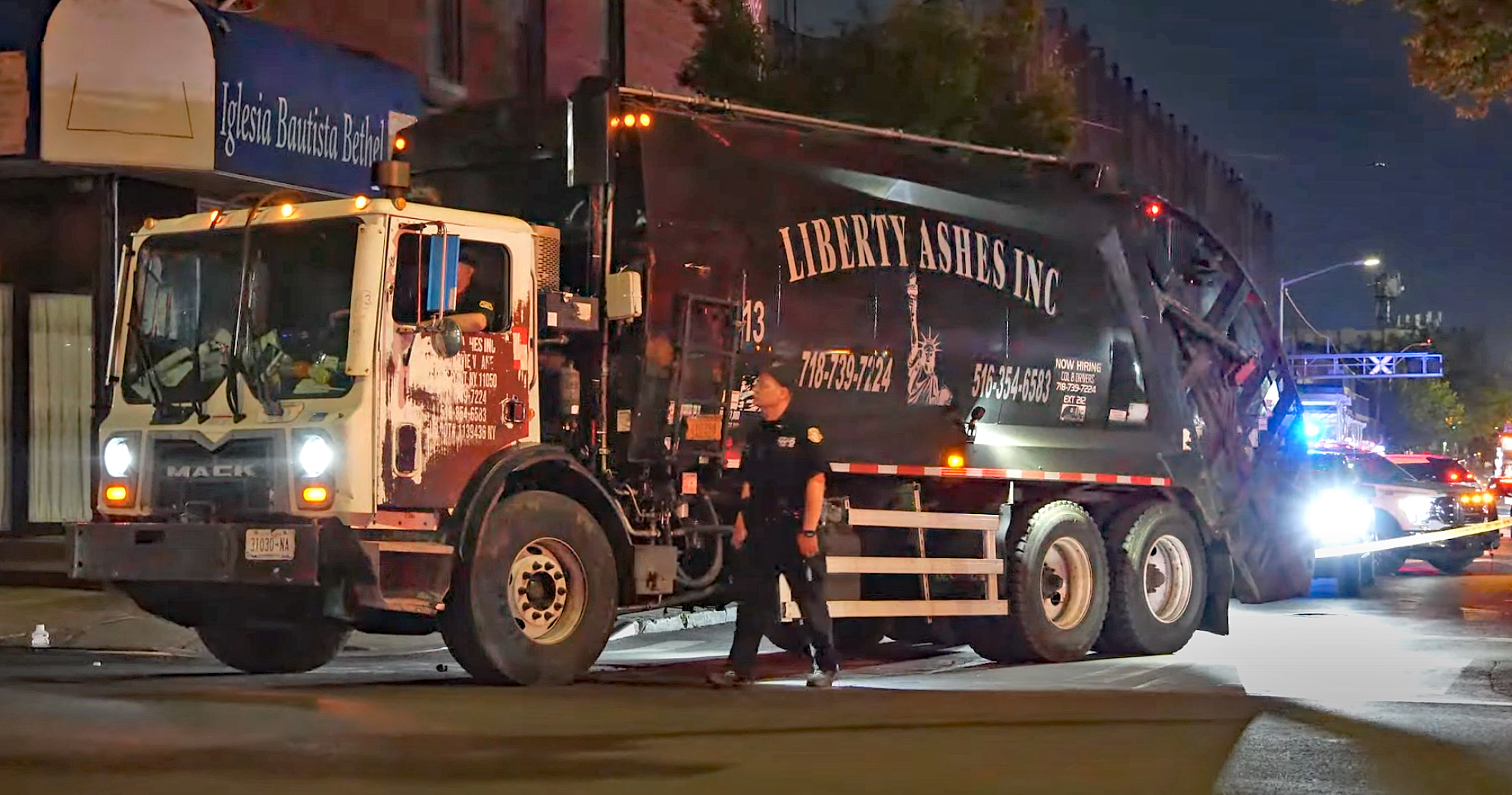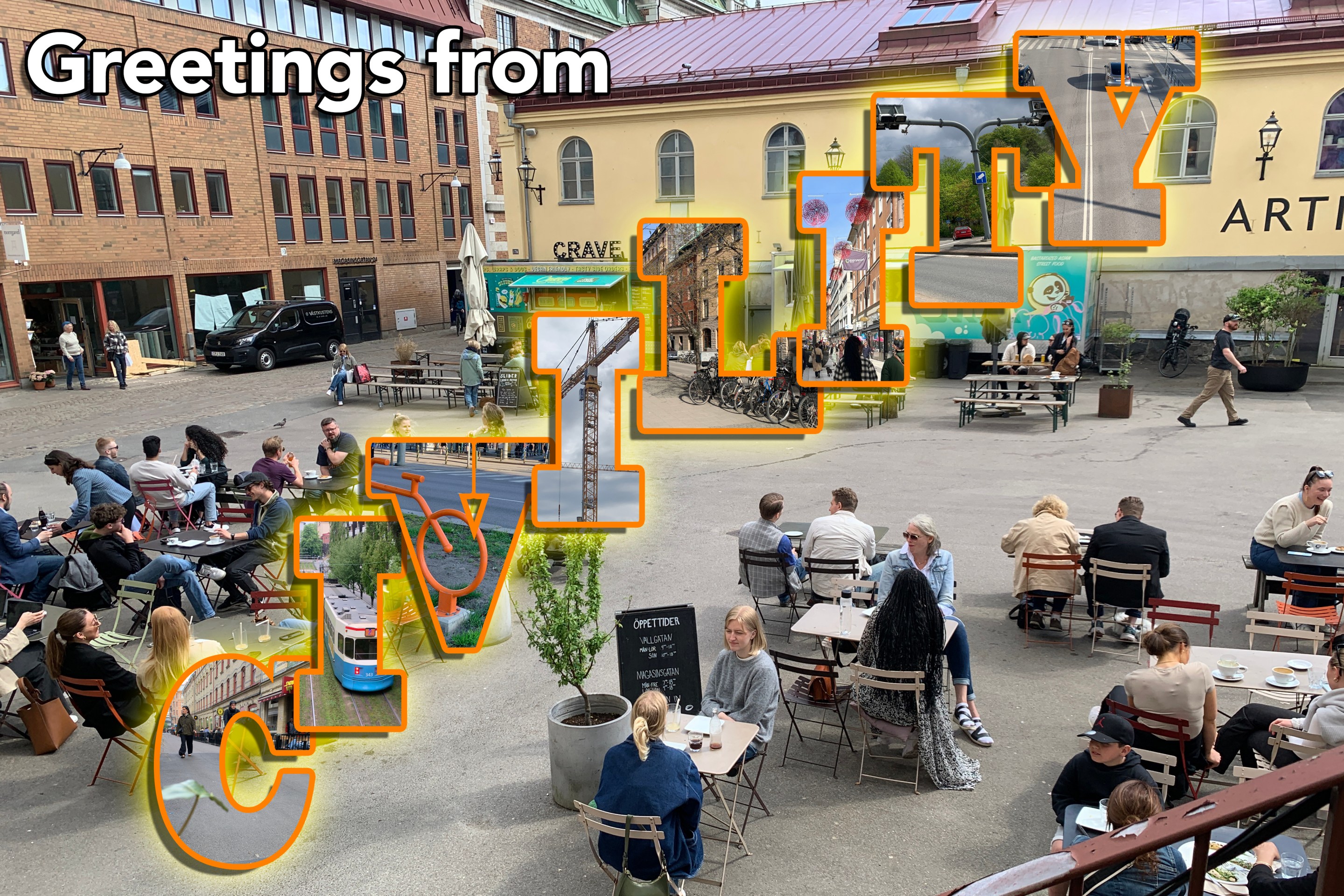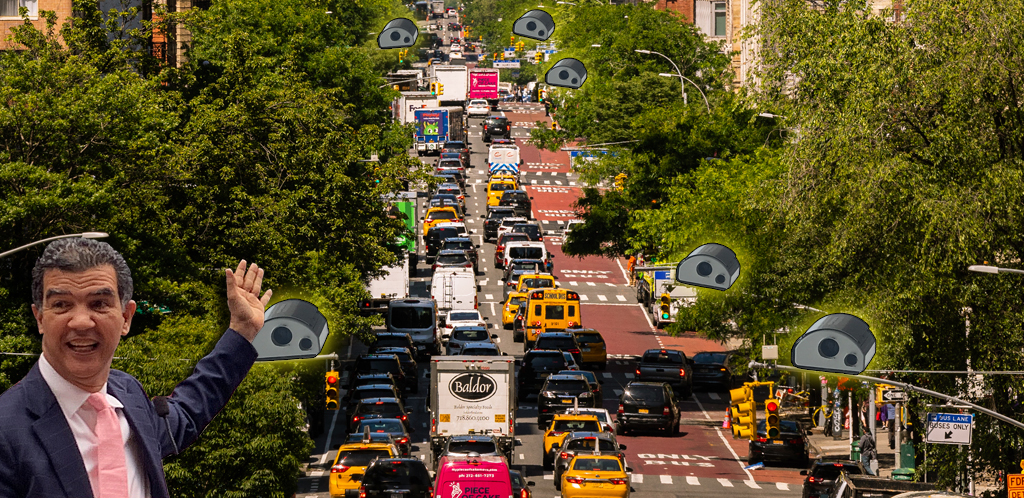Thanks to Florida Gov. Rick Scott’s head-smacker of a decision to refuse billions in federal high-speed rail funds, other parts of the country are getting a windfall. Even with $400 million of Florida’s money vanishing in the name of deficit reduction, the remaining $2 billion will go a long way in improving rail service in key areas around the country.
House Transportation Committee Chair John Mica (R-FL) will be happy to see that the biggest winner is the Northeast Corridor, which he considers to be the country’s best chance for successful high-speed rail. (He’s not the only one that thinks so, either.) The NEC is getting $795 million to increase speeds from 135 to 160 mph on critical segments, with more than half of that going to Amtrak to upgrade the signaling, tracks, and overhead wires to allow trains to run faster.
It’s a good test for Amtrak, which has been criticized by top political leaders recently as a “Soviet-style” rail service that isn’t competent to run an efficient, 21st century system. “It will show whether they’re capable of pulling off the next-gen vision proposal that they’ve put forward, which we’re very excited about, but it’s an extremely ambitious project,” said Petra Todorovich of America 2050. “We’ll be watching.”
Maryland, New York, and Rhode Island also get help with their sections of the Northeast Corridor. Todorovich says the grant to the NEC is “overdue” and she’s pleased with the recognition that the greatest need for rail improvement is concentrated in this corridor.
Detroit gets some good news with the announcement of a $404 million grant for 110-mph service to Chicago. For a depressed city like Detroit, connectivity to the region’s biggest economy can only be a good thing.
The “Buy American” lobby has reason to be happy, too, given the $336 million investment in U.S. manufacturing of locomotives and rail cars for California and the Midwest. And California got another $300 million to extend the current 110-mile segment another 20 miles through the Central Valley.
"These projects will put thousands of Americans to work, save hundreds of thousands of hours for American travelers every year, and boost U.S. manufacturing by investing hundreds of millions of dollars in next-generation, American-made locomotives and rail cars," Vice President Joseph Biden said in a statement.
USDOT received nearly 100 applications for Florida’s rail money, affirming the groundswell of support and desire among states to expand rail alternatives throughout the country, despite some high-profile rejections by Republican governors.
Many people criticized the administration’s initial high-speed rail map for spreading too little money too thinly around the country. The focus on the Northeast Corridor and California, the powerhouses of rail potential, will go a long way toward addressing those concerns. Some may question the utility of the investment in Detroit, but the Chicago-Detroit corridor got high marks in America 2050’s report on rail potential [PDF] earlier this year. It’s the number two regional air market in the Midwest, showing a strong demand for travel between the two cities. And nearly 12 million people live within 25 miles of the major nodes of the corridor, many of them with good access to public transit, which strengthens the usefulness of intercity rail.
There is, still, some money in this announcement sprinkled lightly throughout the country. Minnesota gets $5 million for groundwork to establish high-speed service between Minneapolis and Duluth. North Carolina’s getting $4 million for an environmental analysis on the Richmond to Raleigh section of its planned high-speed corridor. Eugene, Oregon gets $1.5 million to analyze overnight parking tracks for their trains.
“This is good news that Americans can feel proud of,” said U.S. PIRG’s Phineas Baxandall in a statement. “These projects will take us away from dependence on $4 gas. Investing in these routes will mean more efficient and convenient travel, fewer people stuck in airports, and fewer dollars wasted widening highways and adding runways.”





